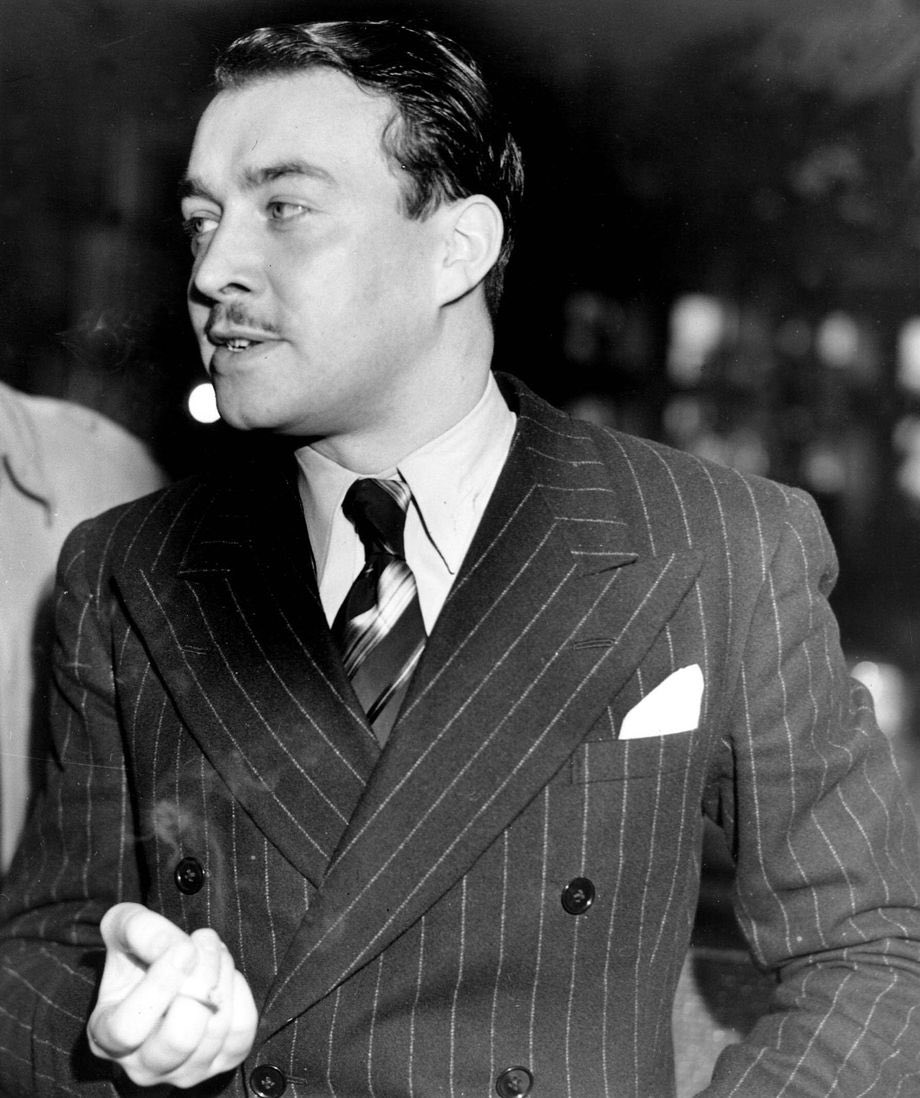
- Hitler’s Nephew in the US Navy 🧵 -
William Patrick Hitler was born and raised in the Toxteth area of Liverpool to Adolf's half-brother Alois Hitler Jr. and his Irish wife Bridget Dowling (1/8) #svagaiature #WWII #WW2 #History #Historia #Trivia
William Patrick Hitler was born and raised in the Toxteth area of Liverpool to Adolf's half-brother Alois Hitler Jr. and his Irish wife Bridget Dowling (1/8) #svagaiature #WWII #WW2 #History #Historia #Trivia

In 1933, William returned to what had become Nazi Germany in an attempt to benefit from his half-uncle's growing power. Adolf, who was now chancellor, found him a job at the Reichskreditbank in Berlin, a job that he held for most of the 1930s (2/8)
In 1938, Adolf asked William to relinquish his British citizenship in exchange for a high-ranking job. Suspecting a trap, William fled Nazi Germany and tried to blackmail his uncle with threats (3/8)
He threatened to tell the press that Adolf's alleged paternal grandfather was actually a Jewish merchant (4/8)
In January 1939, the newspaper magnate William Randolph Hearst brought William and his mother to the United States for a lecture tour. He and his mother were stranded when World War II began (5/8)
After making a special request to President Franklin D. Roosevelt, William was eventually approved to join the United States Navy in 1944 (6/8) 

On reporting for duty, the induction officer asked his name. He replied, "Hitler." Thinking he was joking, the officer replied, "Glad to see you, Hitler. My name's Hess." William was wounded in action during the war and awarded the Purple Heart (7/8)
After being discharged from the Navy, William changed his surname to "Stuart-Houston". He later died in Patchogue on 14 July 1987 (8/8) 

• • •
Missing some Tweet in this thread? You can try to
force a refresh

















